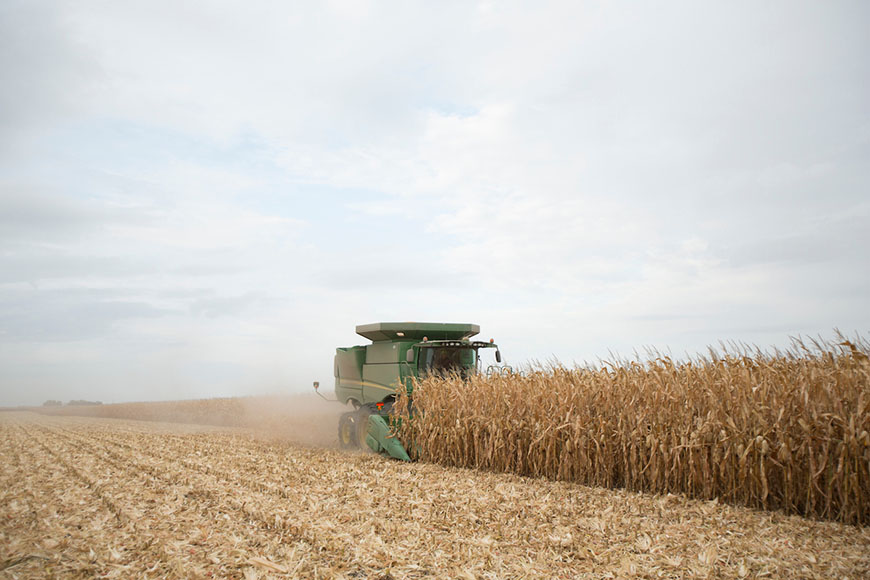A Late-November Planning Checklist

As you wrap up harvest and think about what inputs to purchase for 2017, consider the following points to see if you are on track to make the best decisions for your operation.
1. Use 2016 Answer Plot® data to help guide the process. This will help you determine when to put your foot on the brake and be cautious, and when to hit the gas and try something new. For example, WinField United has reviewed response to nitrogen (RTN), response to population (RTP), response to fungicide (RTF), response to soil type (RTST) and response to rotation (RTCC) by hybrid for the past several years through its Answer Plot® Program. For example, the RTN information tells us that getting nitrogen right is potentially worth about 55 additional bushels per acre, and that this response changes by hybrid and by year. So, if you get it wrong, you could really get it wrong. But getting it right could mean making a profit when you might not have.
Making sure you are using quality data to aid your decision making is going to be the key goal for 2017, particularly with down markets.
2. If you can measure something, you can manage it. Reflect on the 2016 growing season, and what it meant for your fields and your wallet. Low commodity prices certainly played a big role; however, that doesn’t necessarily mean next season is the time to cut all your inputs. Rather, it may be a time to consider, “How can I manage this situation better than I have in the past?” In the end, you’re likely to add ag technology to help you make more targeted inputs rather than eliminate them. Use the R7® Tool along with data and other information to help you make those determinations accurately and more confidently.
3. Leverage end-of-year knowledge. December is approaching, which means you might be completing paperwork for loans and land rents and starting to get some hard budget numbers. This will put you in a position to make more-informed decisions for 2017. As you plan, think through possible increases in expenditures that could potentially double your money or help you gain insight into the next yield bubble.
So know when to brake and when to go. And don’t do it without quality data and the counsel of your local agronomist.
1. Use 2016 Answer Plot® data to help guide the process. This will help you determine when to put your foot on the brake and be cautious, and when to hit the gas and try something new. For example, WinField United has reviewed response to nitrogen (RTN), response to population (RTP), response to fungicide (RTF), response to soil type (RTST) and response to rotation (RTCC) by hybrid for the past several years through its Answer Plot® Program. For example, the RTN information tells us that getting nitrogen right is potentially worth about 55 additional bushels per acre, and that this response changes by hybrid and by year. So, if you get it wrong, you could really get it wrong. But getting it right could mean making a profit when you might not have.
Making sure you are using quality data to aid your decision making is going to be the key goal for 2017, particularly with down markets.
2. If you can measure something, you can manage it. Reflect on the 2016 growing season, and what it meant for your fields and your wallet. Low commodity prices certainly played a big role; however, that doesn’t necessarily mean next season is the time to cut all your inputs. Rather, it may be a time to consider, “How can I manage this situation better than I have in the past?” In the end, you’re likely to add ag technology to help you make more targeted inputs rather than eliminate them. Use the R7® Tool along with data and other information to help you make those determinations accurately and more confidently.
3. Leverage end-of-year knowledge. December is approaching, which means you might be completing paperwork for loans and land rents and starting to get some hard budget numbers. This will put you in a position to make more-informed decisions for 2017. As you plan, think through possible increases in expenditures that could potentially double your money or help you gain insight into the next yield bubble.
So know when to brake and when to go. And don’t do it without quality data and the counsel of your local agronomist.


